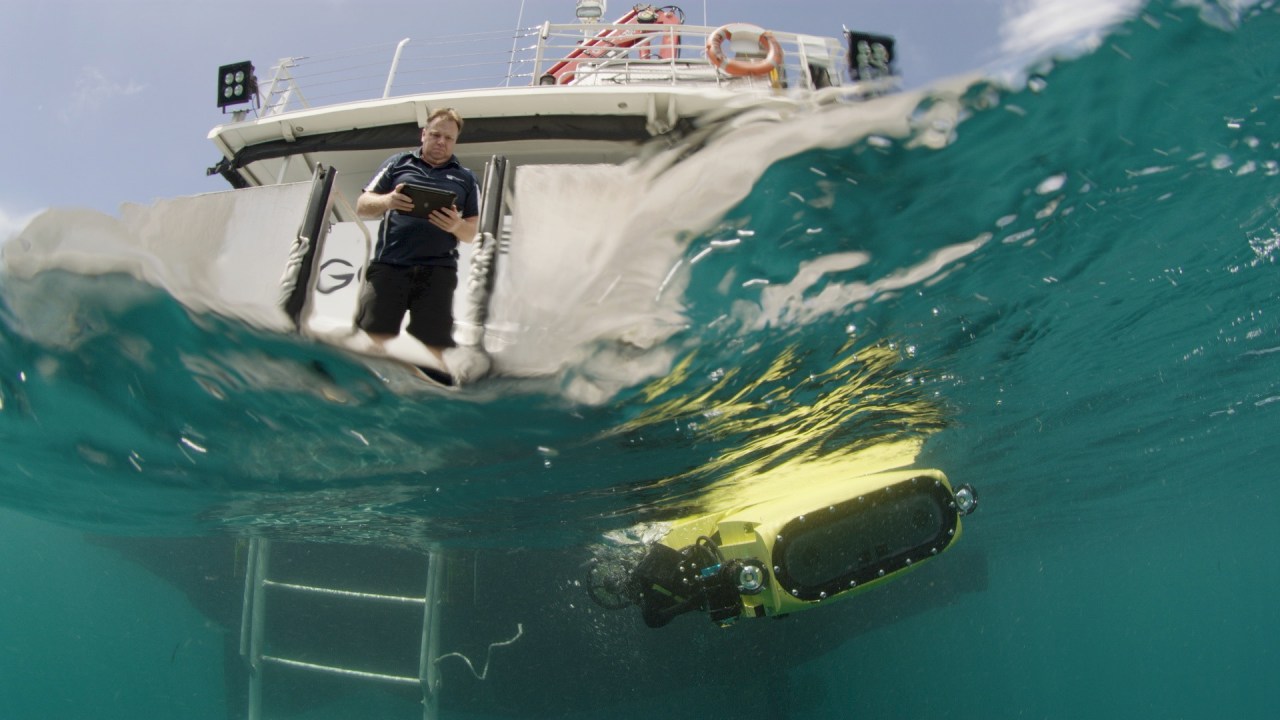The alarming decline of the world’s coral reefs serves as a stark reminder of climate change’s impact on our planet. However, there is hope nestled within technological advancements that could help reverse this trend. Meet LarvalBot, an innovative underwater robot designed to spread millions of coral larvae, aiding conservationists in their mission to rejuvenate our precious marine ecosystems.
From COTSbot to LarvalBot: Evolution of Ocean Robotics
Underwater technology has come a long way since the introduction of COTSbot in 2015. This prototype was engineered to autonomously locate and eliminate the notorious crown-of-thorns starfish that threaten coral populations. Its transformation into RangerBot by the Queensland University of Technology (QUT) brought about enhancements in navigation and monitoring capabilities. The latest iteration, LarvalBot, harnesses these advanced systems to not just monitor but actively contribute to coral restoration.
The Coral Spawning Process: Nature’s Rejuvenation Cycle
Each year, coral populations participate in a remarkable spawning event in the warm waters off Queensland. This phenomenon sees corals releasing eggs and sperm into the ocean, akin to a natural festival of reproduction. Researchers at Southern Cross University recognized this opportunity and meticulously collect these reproductive materials. They are held in controlled floating enclosures, allowing them to develop into viable coral larvae, affectionately dubbed “coral babies.”
How LarvalBot Works
LarvalBot enters the scene during the crucial final stage of this restoration process. According to Matthew Dunbabin from QUT, “We aim to have two or three robots ready for the November spawn. One will carry about 200,000 larvae and the other about 1.2 million.” This capacity enables significant larval dispersal over endangered reefs.
- Preselected Paths: LarvalBot navigates pre-determined routes across the reef, ensuring thorough coverage.
- Monitoring Efficiency: A human overseer activates the release of larvae at optimal moments to enhance dispersal effectiveness.
- Supplemental Resource: This technology allows for the efforts of one or two robots to replicate what would normally require dozens of divers and volunteers.
The Road to Rehabilitation: A Long-Term Commitment
Although LarvalBot offers a novel approach to coral propagation, it is not a one-time solution. As wildlife biologist Peter Harrison highlights, “The surviving corals will start to grow and bud and form new colonies, which will grow large enough after about three years to become sexually reproductive.” This highlights the necessity for continued efforts to ensure coral reefs can regrow and sustain themselves after the initial introduction of larvae.
Looking Ahead: The Future of Coral Conservation
The work being done with LarvalBot shines a light on the potential for technology to assist in the natural world. While it is not a silver bullet for the challenges faced by coral ecosystems, it is a promising step towards restoring balance to our oceans. As climate challenges persist, the innovation powering LarvalBot marks a move toward resilience in marine ecosystems.
Conclusion: Technology Meets Nature
As we reflect on the ongoing plight of coral reefs, it is heartening to recognize the tools available to support restoration efforts. LarvalBot stands as a beacon of hope, demonstrating that with the right combination of technology and dedicated research, we can facilitate the nurturing of our planet’s treasures. At fxis.ai, we believe that such advancements are crucial for the future of AI, as they enable more comprehensive and effective solutions. Our team is continually exploring new methodologies to push the envelope in artificial intelligence, ensuring that our clients benefit from the latest technological innovations. For more insights, updates, or to collaborate on AI development projects, stay connected with fxis.ai.

